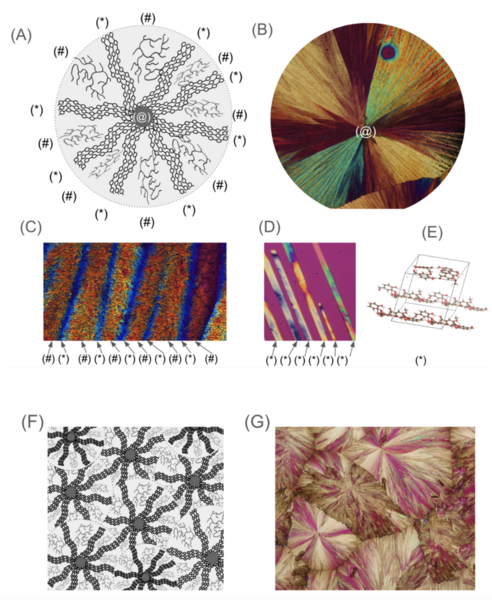Optical anisotropy of crystallized vanillin thin film: the science behind the art
(1) Monta Vista High School
https://doi.org/10.59720/23-264
Vanillin, a common household flavoring agent, turns into mesmerizing artwork under a polarizing microscope. This artwork can be used to decipher crystal nucleation and growth mechanisms. The trick to create such artwork is to grow a crystalline vanillin thin film tens of micrometers thick to allow white light to be transmitted through a singular, instead of multiple overlapping, crystal grains. A series of experiments were carried out to determine the optimal conditions to grow such single crystal vanillin films. Vanillin crystal’s chemical structure is anisotropic, specifically monoclinic. When a light wave propagates through its anisotropic crystallographic planes, it splits into two orthogonal beams, which in turn generates optical interference patterns unique to its molecular packing structure. We hypothesized that the resulting spectacular color pattern of vanillin micrographs was driven by its asymmetric crystal structure when vanilla macromolecules grew with covalent and or hydrogen bonding force during solidification. We employed a long-range molecular bonding model to simulate chemical interaction of multiple vanillin molecules. We interpreted the vanillin film growth mechanism as the radial propagation of single crystal phases in combination of amorphous phases to fill spacing between crystalline phases. The relationship between the optical interference pattern of recrystallized vanillin thin film and its microstructure was established through this study. The outcome of this study may shed light into engineering anisotropic crystals into micro to nanoscale optical devices with preferred optical reflectance.
This article has been tagged with: